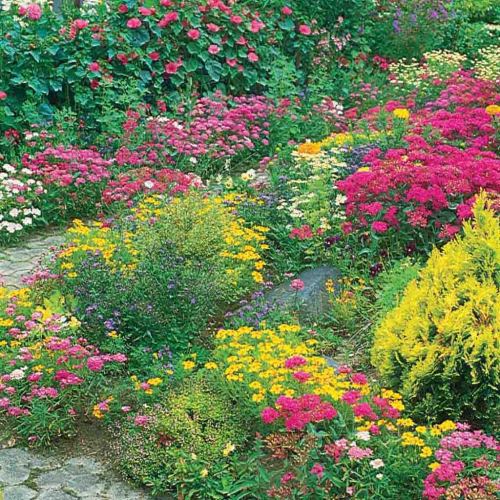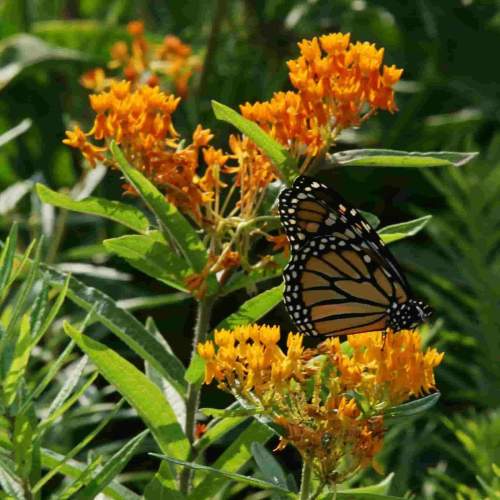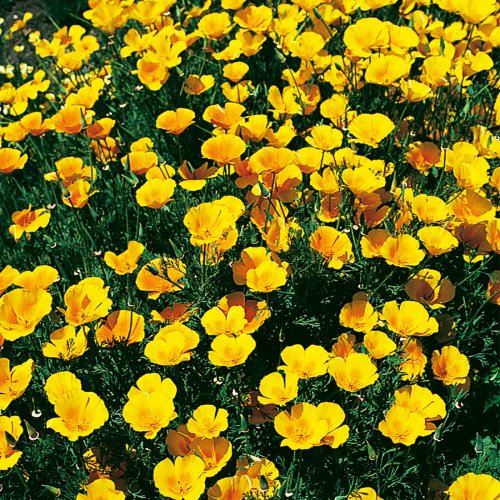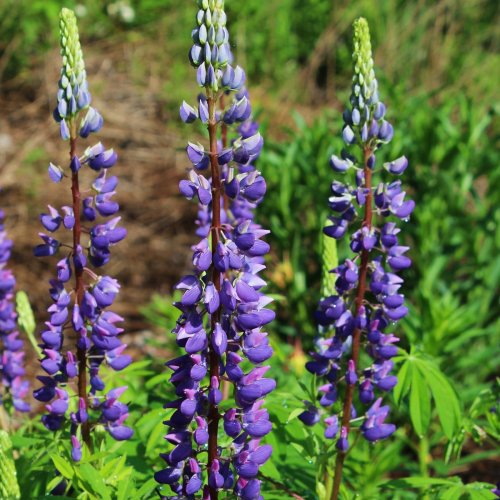Our editors independently select these products. Making a purchase through our links may earn Well+Good a commission
Before you put your gardening tools away for the season, prep your garden for spring by getting some wildflower seeds in the ground. Planting in the fall not only saves time come spring, but it also means you’ll get some early blooms of wildflowers, explains Rebecca Sears, chief gardener at Ferry-Morse.
Experts in This Article
chief gardener at Ferry-Morse Seed Company
“Fall is actually a great time to plant wildflower seeds as it follows the organic cycle of naturally grown wildflowers,” says Sears. “Wildflowers grow throughout the summer and then drop their seeds in the fall, which will be ready to produce new flowers the following spring. When planting wildflower seeds in the fall, they have the opportunity to lie dormant throughout the winter and often sprout up quickly the first few weeks of spring. Many gardeners enjoy planting in the fall too, as the gardening to-do list is often shorter then rather than spring, so there’s more time to focus on preparing the area and planting fall seeds.”
Sears says you can plant wildflower seeds late into the fall season, just be sure to consult the USDA Plant Hardiness Zone Map to check your plant zone for more precise timing.
“Generally, if your region gets freezing temperatures in the winter, you can plant wildflower seeds until December, ensuring that there have been enough nights of frost so the soil temperature is cool enough to support the seeds lying dormant,” says Sears. “And if your region does not get freezing temperatures in the winter, it’s still best to wait until just before the rainy season, typically between early-mid fall.”
5 wildflowers to plant in the fall

Wildflower Seeds, Perennial Mix Economy Packet — $4.00
“A Perennial Mix of wildflowers includes a mix of both annuals and perennials, providing a beautiful array of colors throughout varying sizes of plants,” says Sears. “The plants will bloom in various stages during the growing season, and the perennials will return to bloom year after year. Some of my favorites in this mix are Shasta Daisies and Purple Coneflower.”

Wildflower Seeds, Shade Mix Economy Packet — $4.00
“If your yard gets lots of shade, you can try a Wildflower Shade Mix that includes wildflower varieties specifically selected for partially shady areas,” says Sears. “There’s no compromise on what these seeds will produce though, they’ll provide a spectrum of color and natural-looking beauty throughout the growing season. I love the colors of the forget-me-nots, baby’s breath, and poppies in this one.”

Butterfly Weed Seeds — $3.00
“Butterfly Weed, also known as Milkweed, is an upright and vigorous perennial with beautiful bright orange colors,” says Sears. “As its name suggests, this wildflower is a pollinator, so plant around wood side edges to attract beautiful butterflies. Butterfly Weed is a staple in my garden, and it looks great in cut flower bouquets.”

California Poppy Seeds, Extra Golden Flower — $2.00
“California Poppies are hard to resist with their delicate and silky, golden-orange colored blooms,” says Sears. “These grow shorter than other wildflower varieties, but look great around flower bed borders or front and center ahead of taller blooms. California poppies are also good pollinators and will attract butterflies throughout the season. Plant these in the fall and enjoy gorgeous shades of purple, blue, pink, yellow, white, and other bi-colors on these flowers.”

Lupine Seeds, Russell's Hybrid Mixed Colors — $3.00
“For spectacular sweet-pea-like blossoms in a rainbow of colors, try unique and beautiful Lupine,” says Sears. “The blooms are packed closely together on long, graceful spikes and are an impressive sight in the garden. I like to group these seeds together to showcase their range of colors.”
Oh hi! You look like someone who loves free workouts, discounts for cutting-edge wellness brands, and exclusive Well+Good content. Sign up for Well+, our online community of wellness insiders, and unlock your rewards instantly.
Sign up for the Well+Good SHOP Newsletter
Get exclusive deals on wellness, beauty, fitness, and food products that have been hand-picked by our editors.
Got it, you've been added to our email list.









